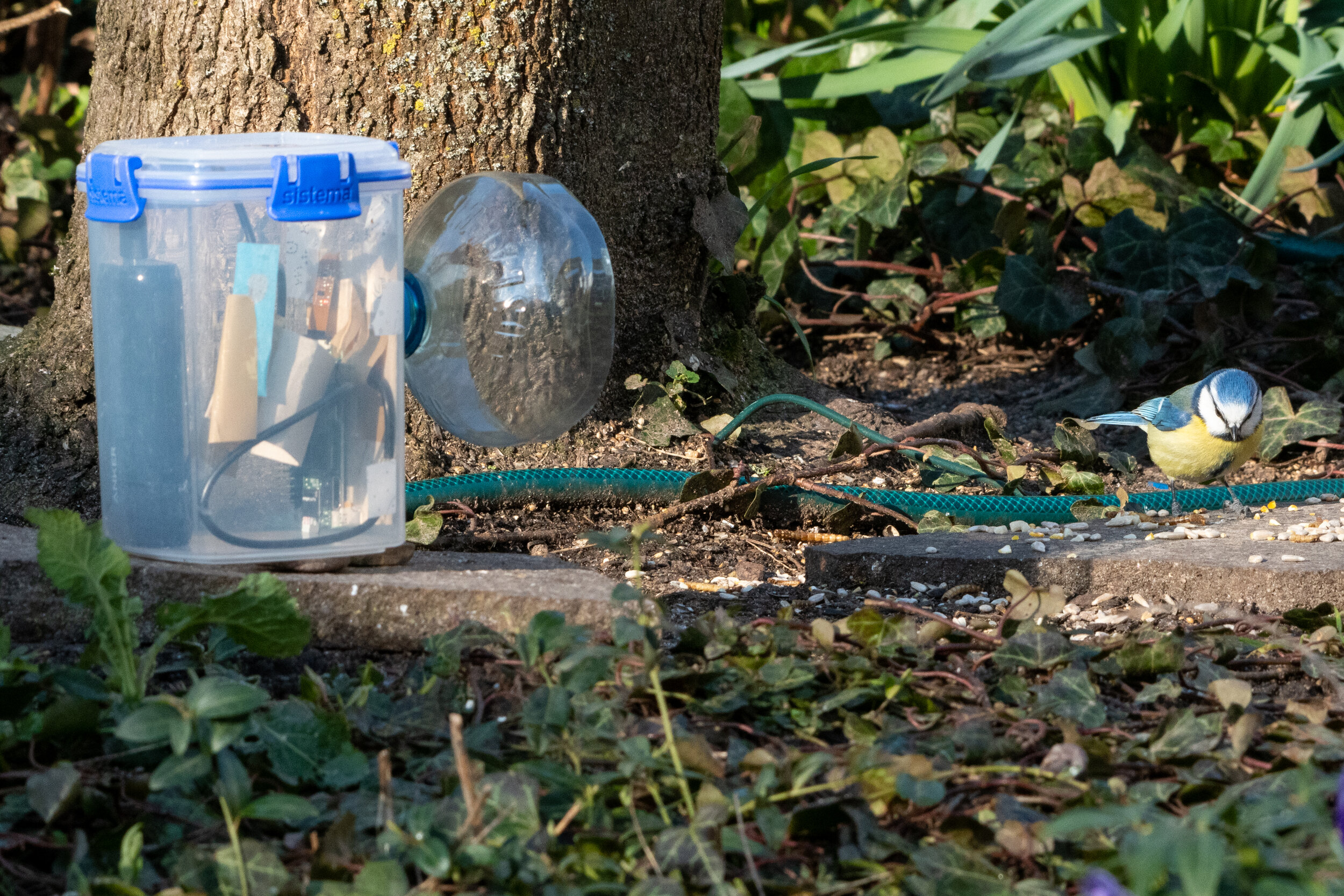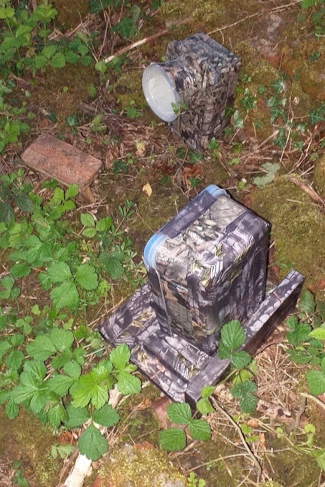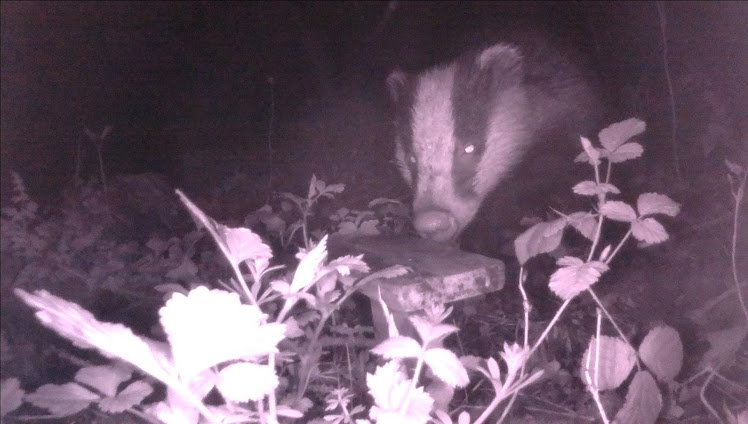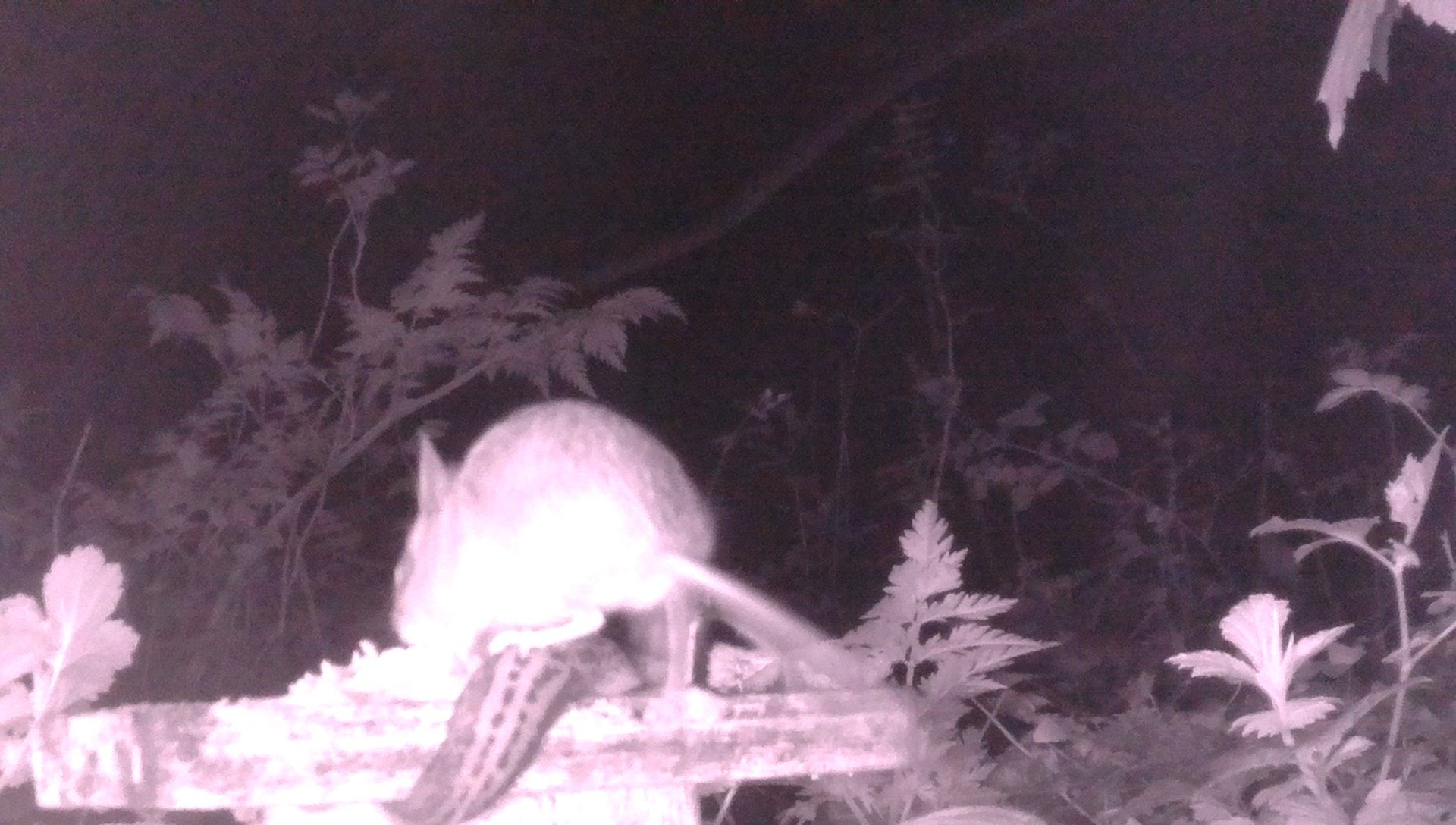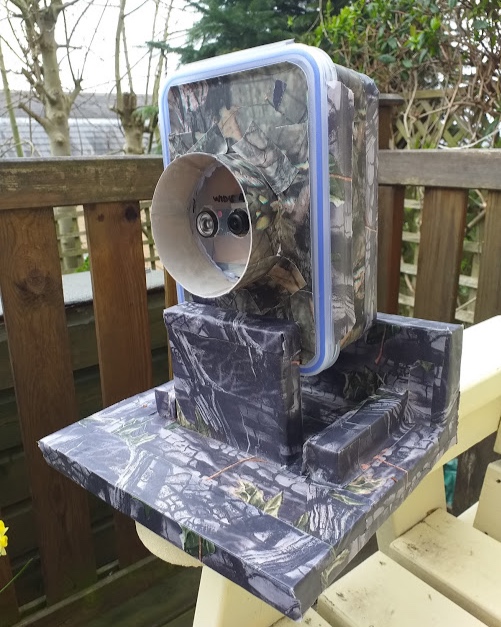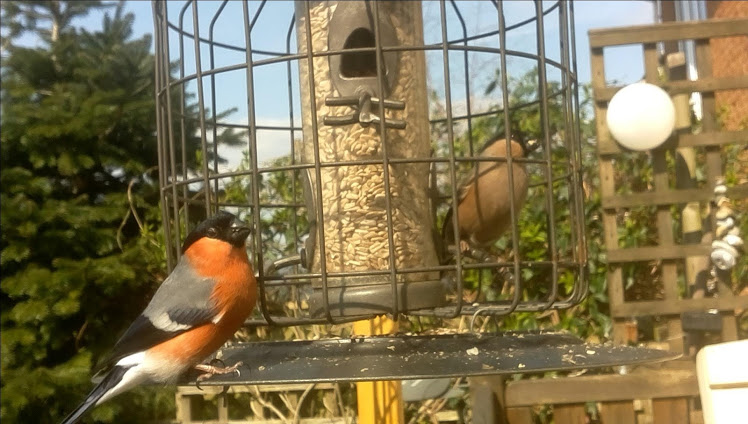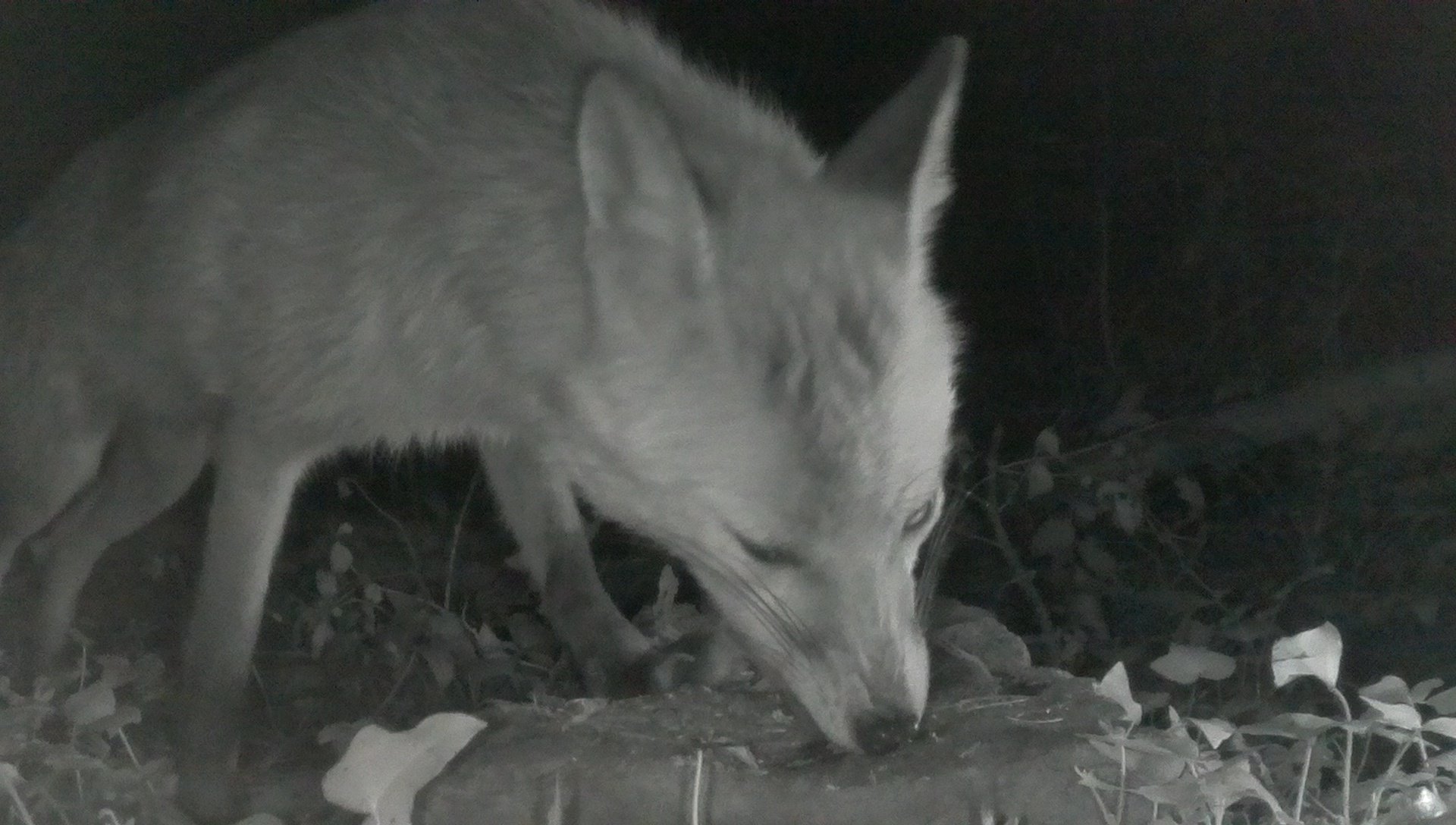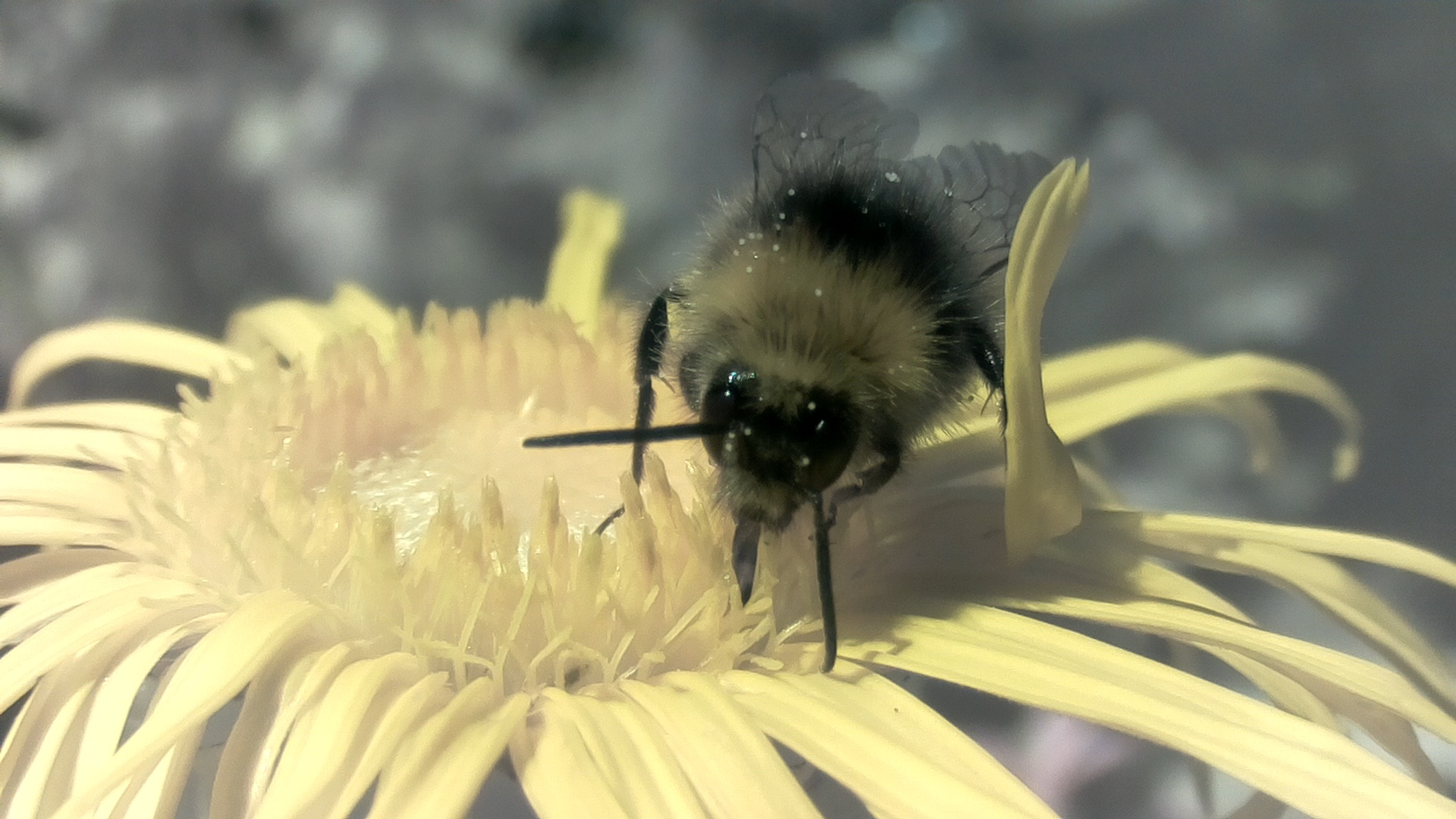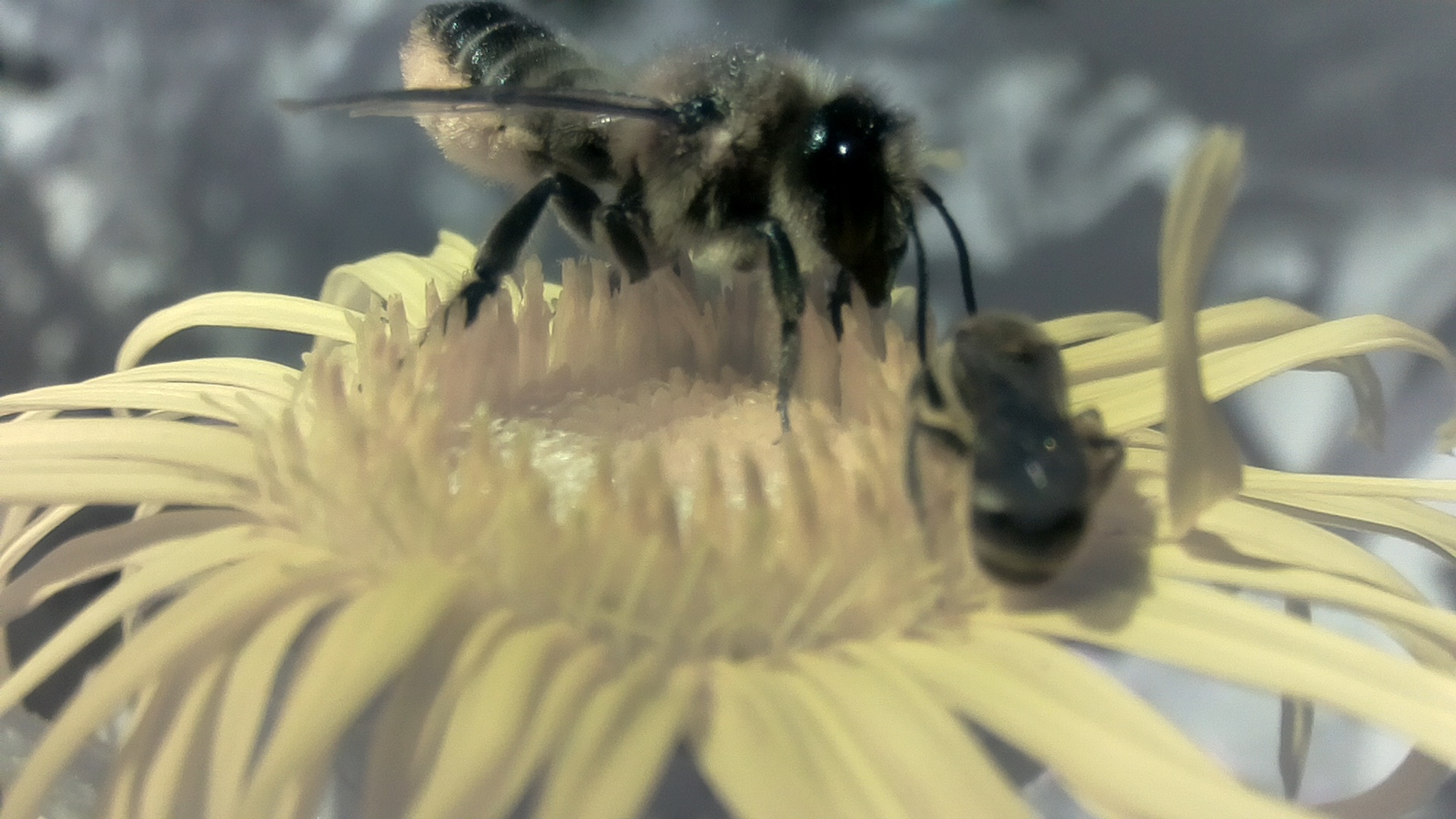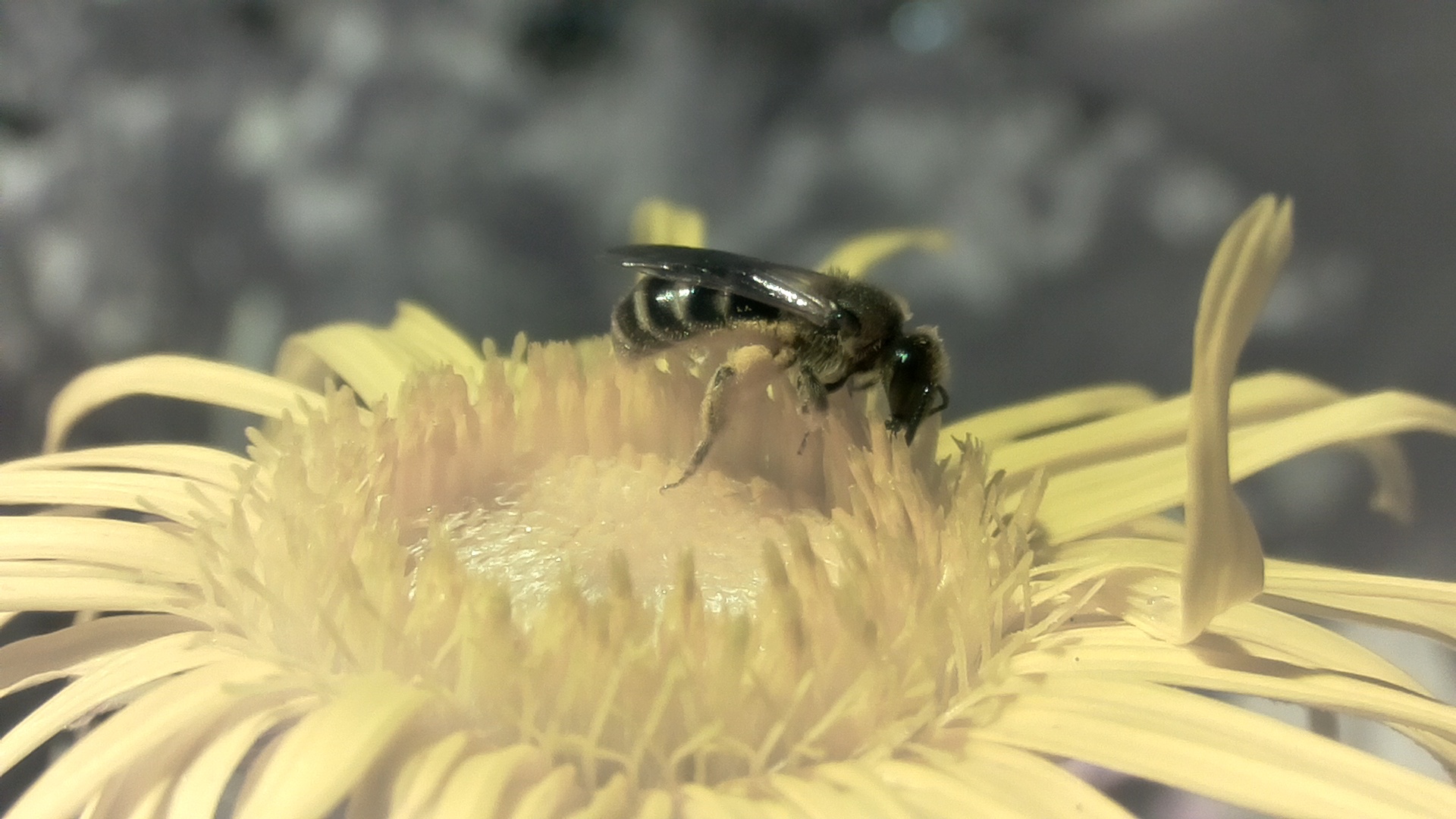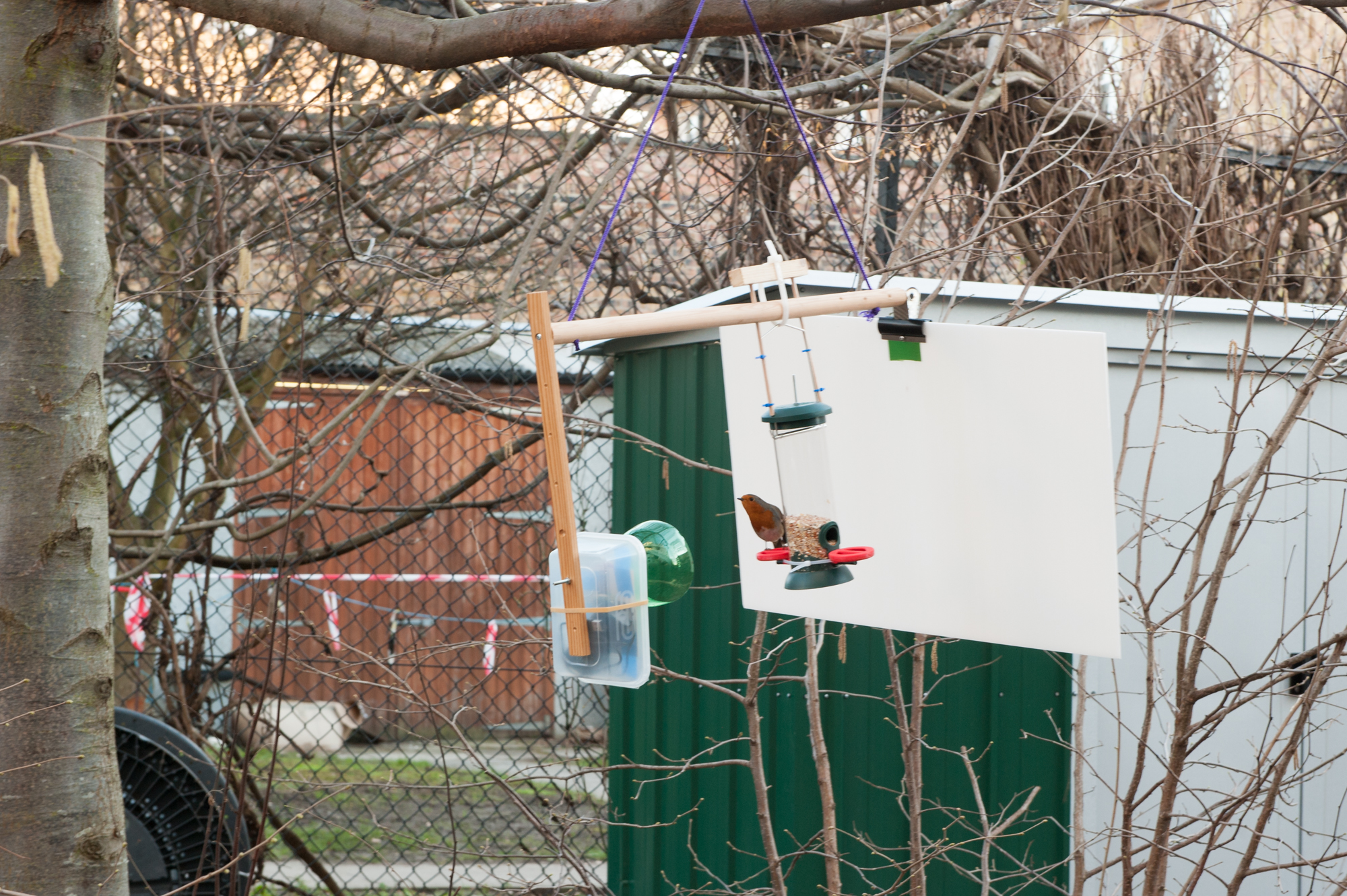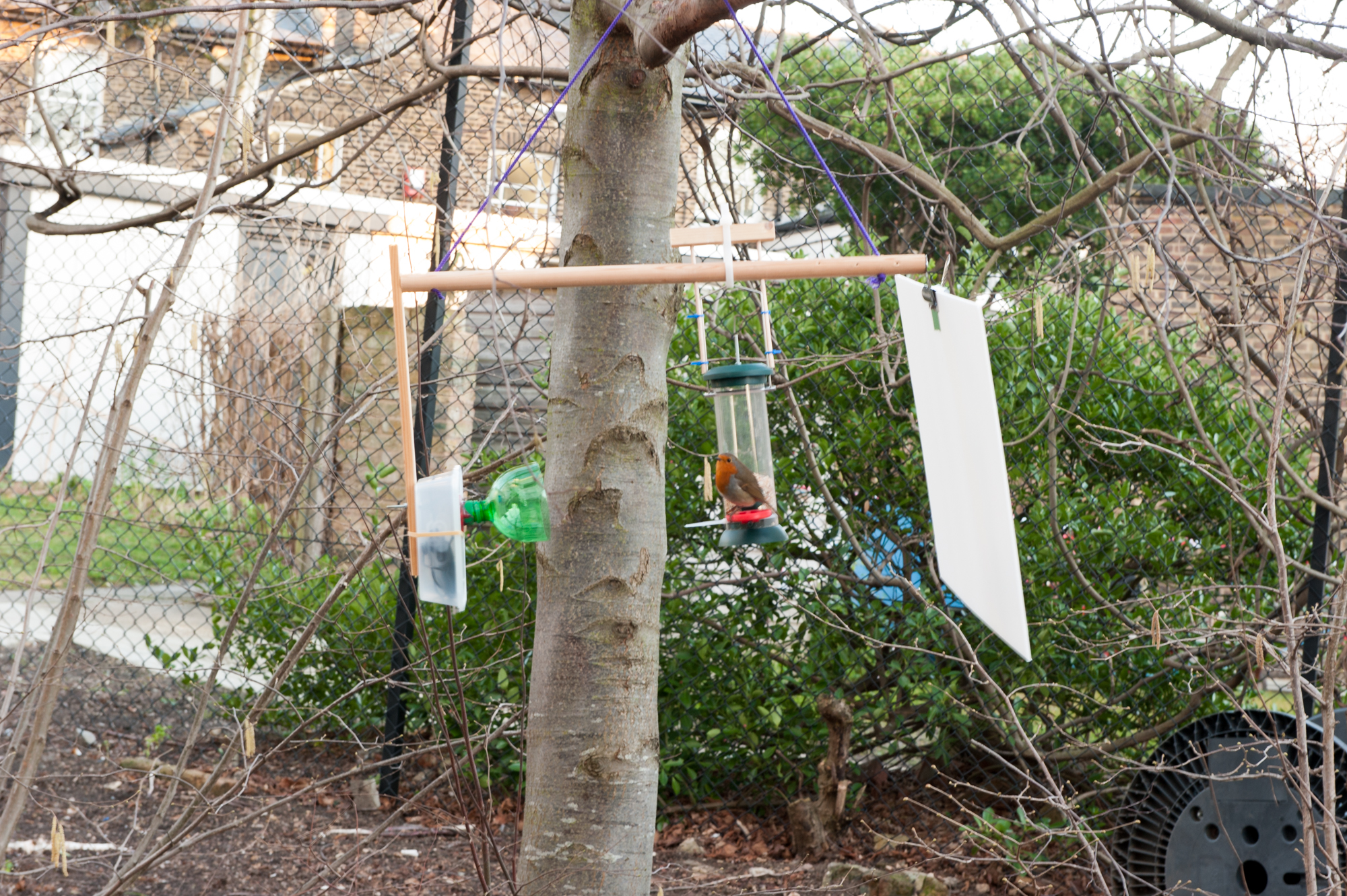We have received a great selection of pictures from camera maker Malc Gibbons who has experimented with camouflage tape to create different setups. Malc made lens shields from large ends of soup cartons which are glue-gunned to the cliplock boxes and covered with tape, giving the cameras a nice smooth texture. The pictures also show a camouflaged wooden mount to fix the camera in position and protect it from badgers.
Malc has used the daylight version and the infrared camera, capturing some great shots of badgers, foxes and even a mouse climbing on a slug. He shared with us his secret to a successful bait: peanut butter!
Photos by: @malcolmgibbons5

